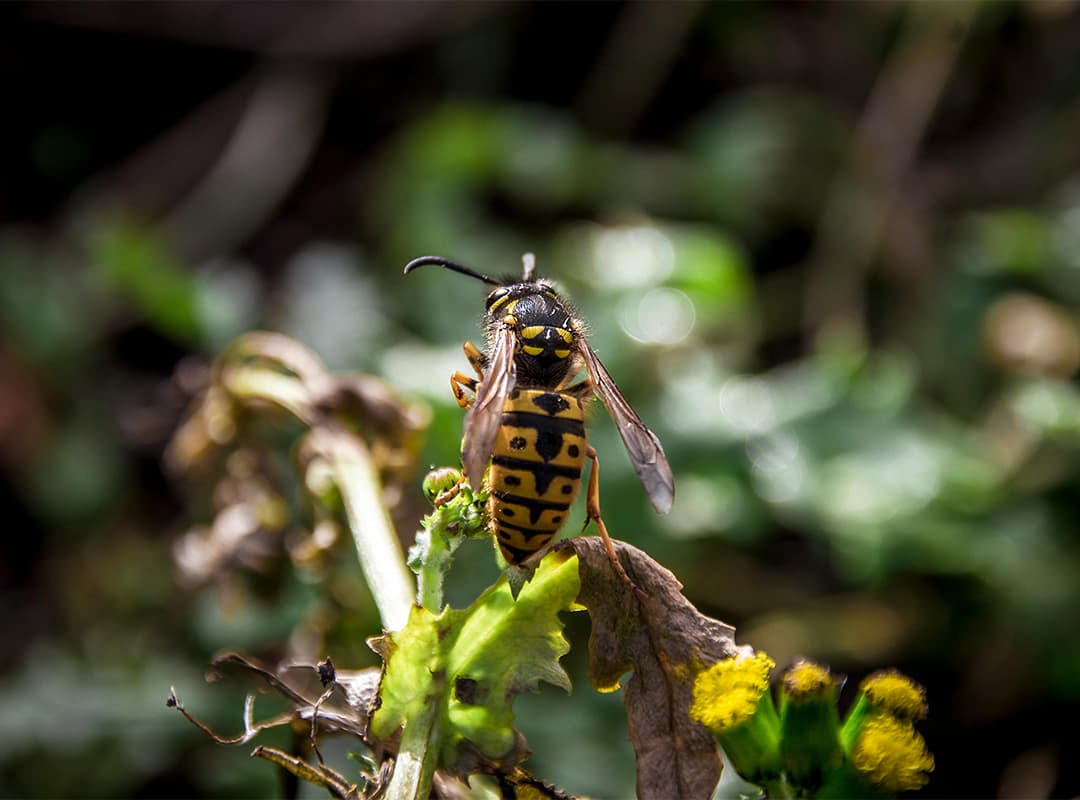Parasitoid wasps are an important group of insects that play a key role in ecosystems through their ability to control populations of other insects. New Zealand, with its unique climatic conditions and isolated geography, provides unique challenges and opportunities for these insects. In this article, we will examine how parasitoid wasps have adapted to the specific conditions of New Zealand, what changes have occurred in their behavior, and what ecological and evolutionary mechanisms have allowed them to successfully colonize this region.
Climatic and geographical features of New Zealand
New Zealand is located in the Southern Hemisphere and is characterized by a temperate maritime climate. There is considerable climatic variation across the country, from wet and mild conditions on the west coast to drier and colder regions in the eastern part of the country. These varied conditions create different ecological niches to which parasitoid wasps must adapt.
In addition to climate, New Zealand’s isolation plays an important role. For millions of years, the area has evolved in relative isolation from other continents, resulting in a unique flora and fauna. Parasitoid wasps, especially introduced species, have had to adapt to these specific conditions, including new host types and plant communities.
Adaptation to new host types
One of the major adaptation challenges for parasitoid wasps in New Zealand has been adapting to native insect species that are different from those that wasps have encountered on other continents. Many introduced wasp species have had to change their host selection habits in order to survive and reproduce in their new environment.
Some wasp species have shown a high degree of plasticity in host selection, allowing them to effectively attack native pest species. These adaptive changes can include both behavioral changes (e.g., searching for new habitats or changing host-seeking strategies) and physiological changes (e.g., adapting to a new spectrum of chemical signals emitted by local insects).
Behavioral change and migration
New Zealand’s climatic conditions have also affected the behavior of parasitoid wasps. For example, wasps in colder regions may show seasonal changes in activity, such as migrating to warmer areas or temporarily ceasing activity during the winter months. These changes help wasps maintain populations in conditions that are not always favorable for breeding and finding food.
In addition, adaptation to different microclimates has allowed wasps to inhabit wide geographic areas, from coastal areas to mountainous terrain. Some wasp species have been able to develop abilities that allow them to hunt and breed effectively in high humidity or extreme temperature fluctuations.
Ecological interactions and competition
Adaptations of parasitoid wasps to the New Zealand environment also include interactions with native species. With limited resources and high competition, wasps have had to develop new strategies to ensure their survival. This includes both interspecific competition with other parasitoids and interactions with native plants, which play a role in host search and retention.
Some wasp species enter into complex ecological relationships with native plants. For example, plants may release specific volatile substances that attract wasps for defense against pests. In response, wasps provide plant defense against insect pests, creating a mutually beneficial relationship. These ecological interactions demonstrate how wasp adaptation involves not only physiological changes but also changes in relationships with other species.
Evolutionary changes and long-term adaptations
Long-term adaptation to New Zealand conditions is also evident at an evolutionary level. Populations of wasps that have settled in this country gradually change, resulting in the formation of new subspecies or adapted populations. These changes may include modifications in body structure, breeding habits, or even changes in genetics that help wasps adapt more effectively to local conditions.
Such evolutionary changes can occur over many generations and exemplify how organisms can adapt to new environments through gradual genetic changes. In New Zealand, due to its isolation and unique conditions, such processes are particularly prominent.
Parasitoid wasps show an amazing ability to adapt to the diverse and specific conditions of New Zealand. From adaptation to new host types and behavioral change to complex ecological interactions and evolutionary change, all these aspects show how important it is for wasps to be environmentally specific for survival and successful reproduction. Studying these adaptive mechanisms not only helps to better understand wasp biology, but also opens up new opportunities for the effective use of these insects in the biological control of pests in a changing environment.
